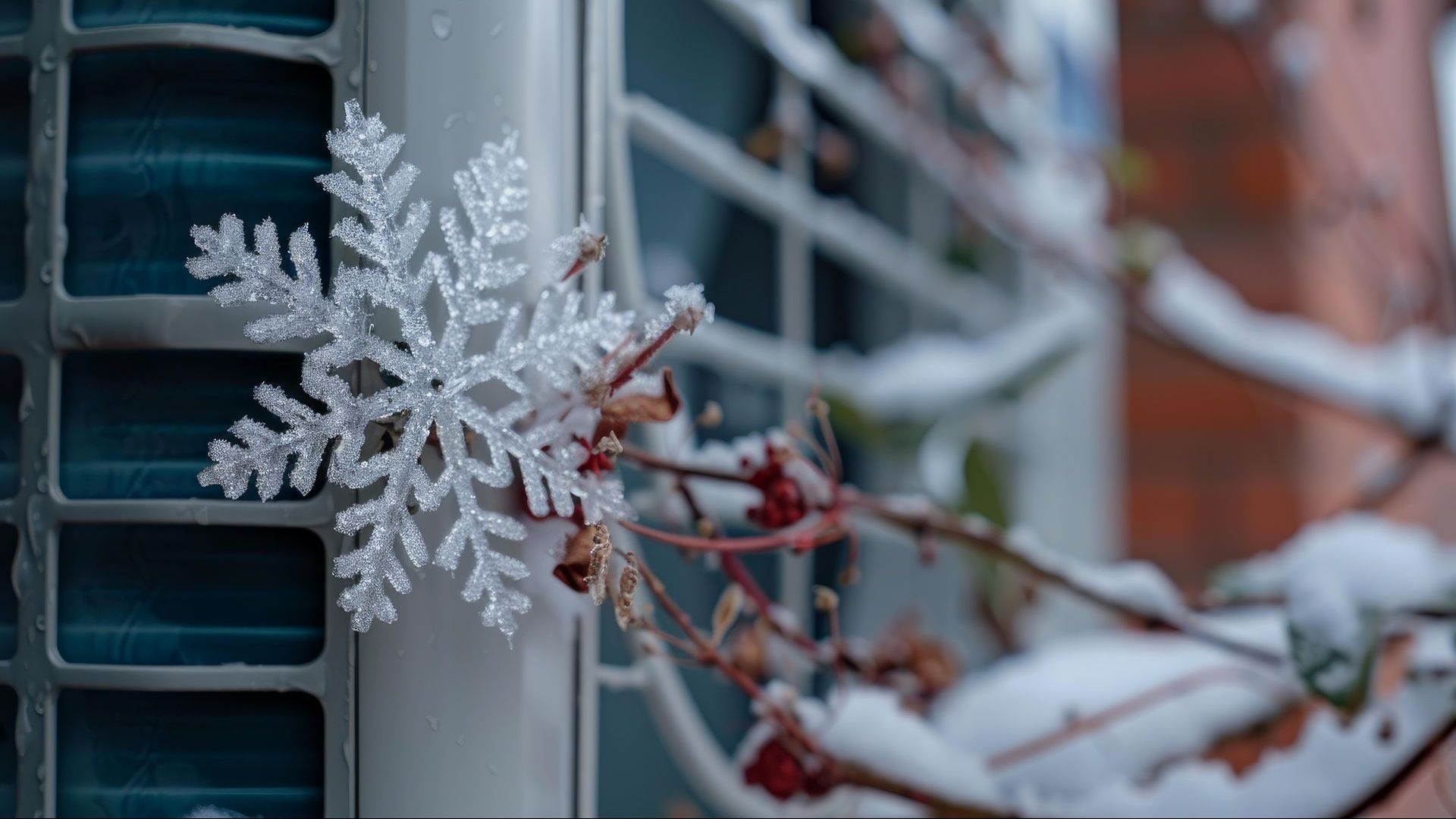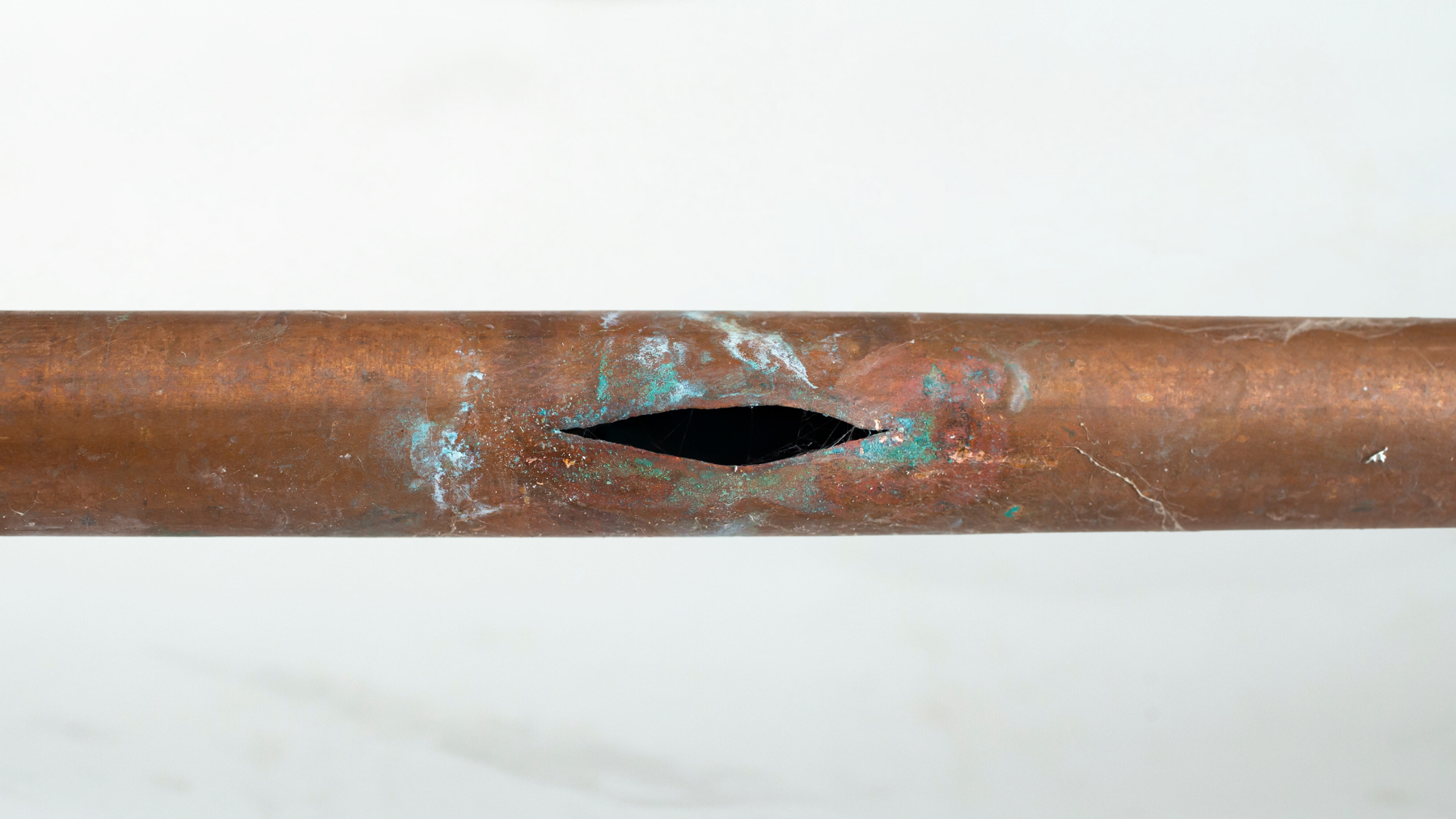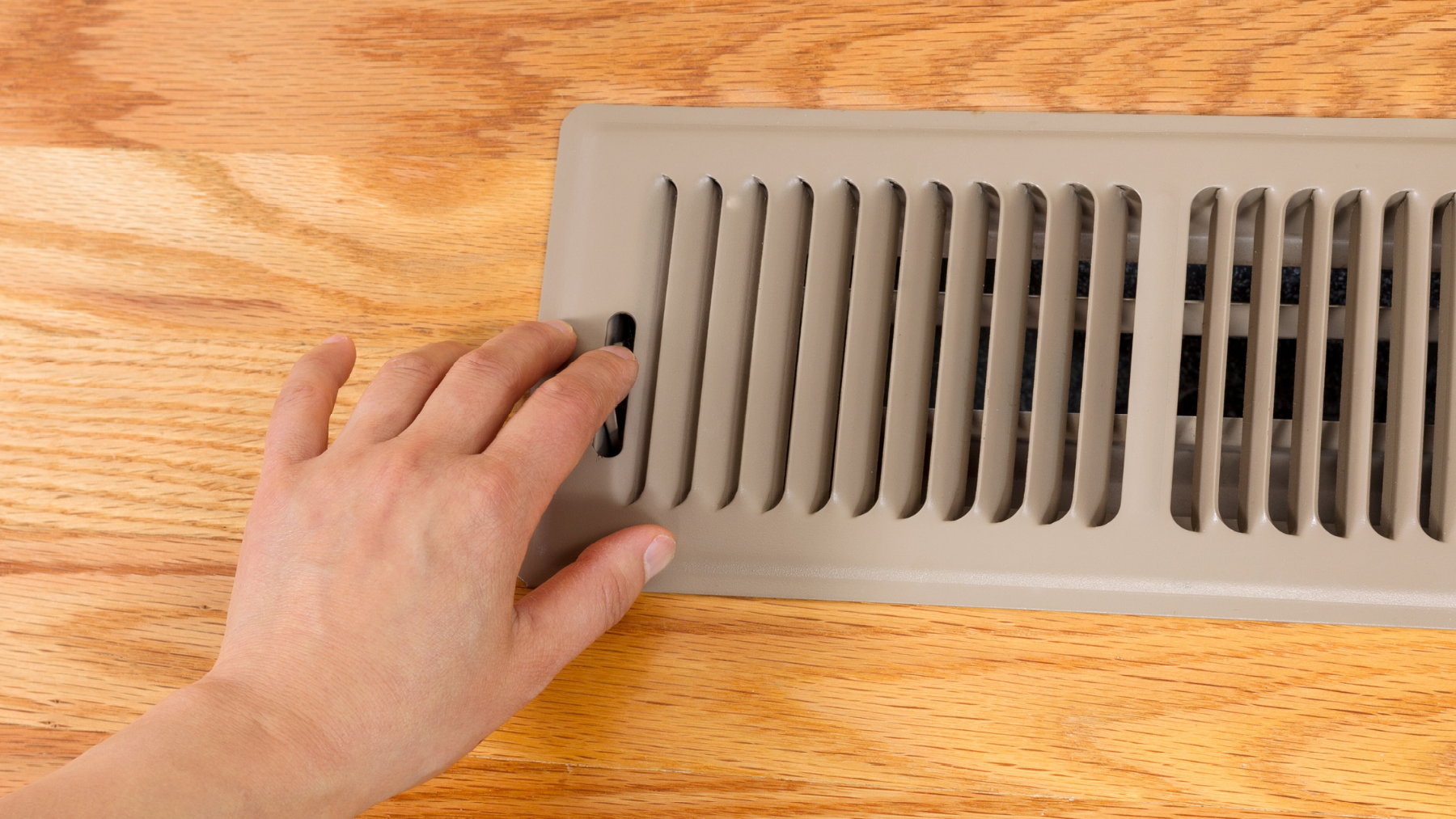
Benefits of Programmable Thermostats

https://www.energy.gov/energysaver/programmable-thermostats
https://learn.compactappliance.com/programmable-thermostats/
As energy bills continue to go up, everyone is looking for ways to save money on their heating and cooling. One of the easiest and most effective ways is to reset your thermostat when you're away or asleep. By making this small adjustment, you can save up to 10% a year on heating and cooling costs. To save money, without losing your comfort, a convenient option for many would be installing an automatic setback or programmable thermostat. With a programmable thermostat, you can set a predetermined schedule for your heating or air to turn on or off.
Many programmable thermostats can have multiple daily schedule settings that you can turn off without affecting the rest of your week’s settings if your normal schedule changes. During the cold months, you can cut your energy costs by keeping your thermostat around 68 or 70 degrees while you're awake and then turning it down while you’re asleep or not at home. During the warmer months, you can do the same thing by setting your thermostat to a higher temperature while you’re away from the house and then turning it back down while you’re home. Having a programmable thermostat makes this process so much more convenient, you barely have to lift a finger to start making your heat and air more cost-efficient.
It's important to note that while you may be tempted to set your thermostat to a colder setting than normal when you turn on your air conditioner, it won't cool your home any faster. Instead, it will result in excessive cooling and unnecessary expenses. The same goes for your heating system. Another common misconception is that manually adjusting your thermostat will cause your furnace to work harder to warm your home back up to a comfortable temperature, resulting in little or no savings. This is not true. Keep in mind, programmable thermostats will not work with every system. With heat pumps, electric resistance heating, steam heat, and radiant floor heating, maintaining a moderate setting is the best way to cut costs.
When choosing and programming a programmable thermostat, consider when you usually go to sleep and wake up. A digital thermostat will have the most settings and features when looking at programmable thermostats. Most provide many setback settings, overrides, and daylight savings adjustments but may be harder to program for the less tech-savvy homeowners. However, many will provide in-detail instructions or links to instruction videos that can help you get on track! Programmable thermostats can be a quick fix to make your heating and cooling system more efficient and your energy bill more cost-friendly.
CONTACT US
We will get back to you as soon as possible.
Please try again later.



